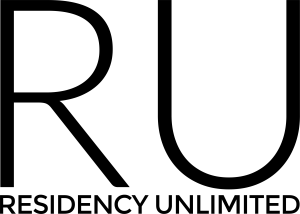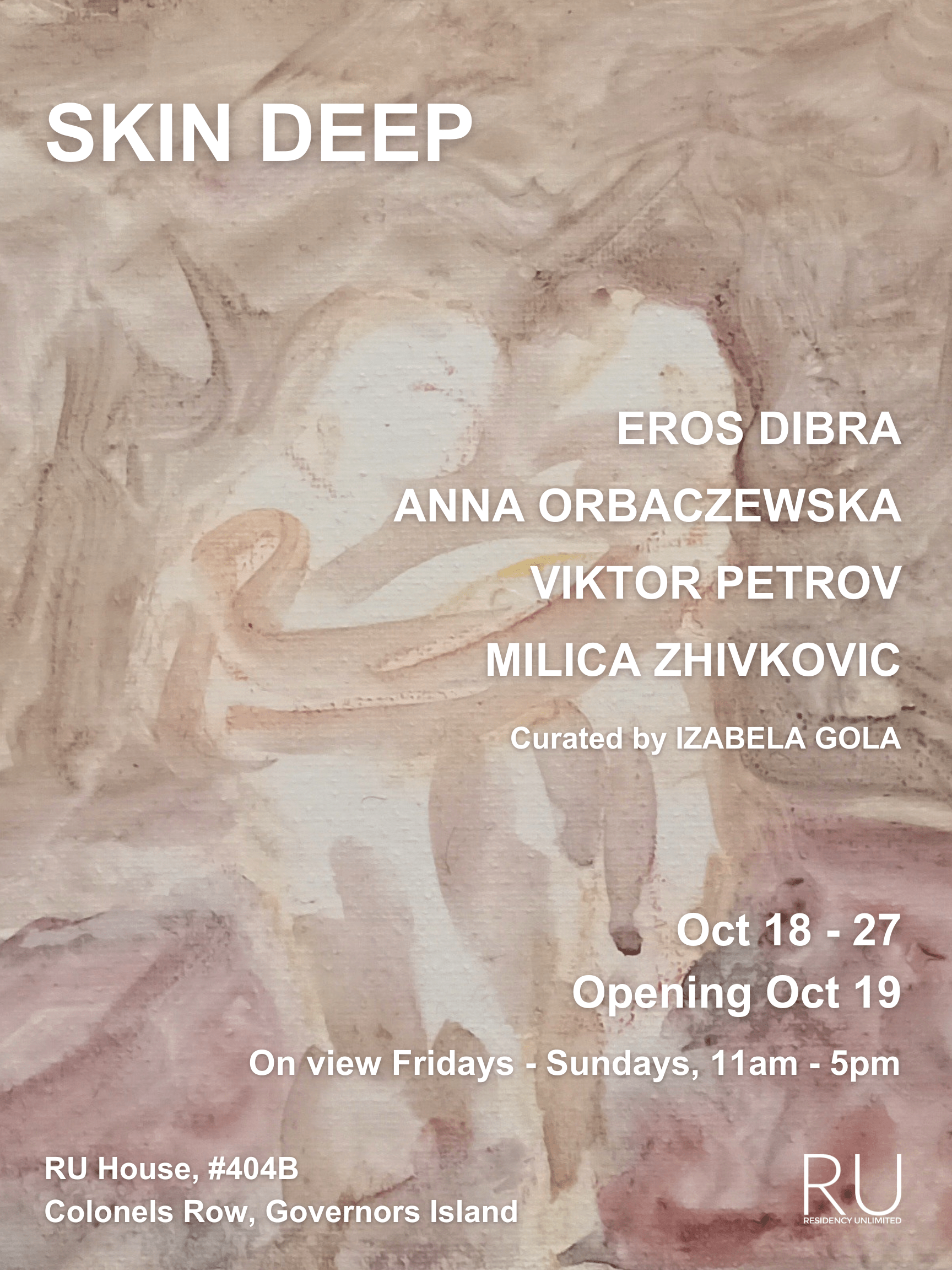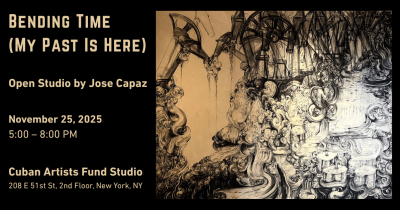Featuring RU Resident Artists: Eros Dibra (Albania), Anna Orbaczewska (Poland), Viktor Petrov (Bulgaria), Milica Zhivkovic (Montenegro)
Curated by RU Guest Curator: Izabela Gola
Opening: Saturday, October 19, 2024 | 11am – 5pm
On view: Fridays through Sundays, October 18 – 27, 2024 | 11am – 5pm
Location: RU House at Colonels Row, Building #404B on Governors Island
Ferry information | Video directions | Map to RU House
Click here to view the online brochure
In an era marked by fractured identities and polarized discourse, particularly in the wake of global humanitarian crises, this exhibition underscores the urgency of resistance that preserves the authenticity of one’s voice amidst the socio-political forces seeking to dismantle it. Skin Deep, curated by RU Guest Curator, Izabela Gola, the final Residency Unlimited exhibition of the year at Governors Island—a space itself emblematic of transience, hosting artists from across the globe—this October brings together four European artists whose practices examine the body as a lyrical conduit for reflecting on the construct of selfhood.
Skin Deep reimagines the body as a vessel, constantly evolving yet deeply rooted in the complexities of trauma, memory, and identity. Through their works, Eros Dibra (Albania), Anna Orbaczewska (Poland), Viktor Petrov (Bulgaria, based in Berlin) and Milica Zhivkovic (Montenegro), navigate the body as a site of resistance, through strong visual expressions that bridge personal and collective histories.
Each of these artists grounds their individual voice in the visceral and physicality of the body or larger social body. The body functions as both the anchor of personal transformation and a reflection of larger socio-political processes.
Eros Dibra’s emotionally charged works explore memory and identity through repetitive, abstract forms that evoke subconscious and Balkan folklore. Anna Orbaczewska focuses on bodily identity and psychological depths, subverting the male gaze through expressive, powerful figurations. Viktor Petrov addresses the intersection of domestic space and societal oppression, using mass-produced objects in large-scale installations, while Milica Zhivkovic engages with displacement and trauma through cultural lens of Turbo Folk fabrics and her own symbolics.
Through these various practices, the body is not merely a form but a dynamic vessel for the complexities of identity and memory. The works presented invite the viewer to witness the body as a morphing entity that resists categorization, while simultaneously embracing the poetics of defiance.
The reflected idea of the self is fluid, constantly reshaped by memory, proximity to trauma, and external socio-political pressures. The self is never static; it is in a perpetual state of becoming—reshaped by experience, history, and resistance.
Eros Dibra hailing from Shkodër—a city nestled between mountains and lakes permeated with Balkan myths—presents works that evoke emotion through dreamlike, stream-of-consciousness narratives arrived with a delicate interplay of marks and erasures.
Primarily a painter and multimedia artist, Dibra constructs an index of forms deeply rooted in memories, past events, dreams, and the everyday. His oil paintings, such as Figures (2021) and Missing Memories (2022), along with his drawings, fluctuate between abstraction and figuration, achieved through sensitive, almost tactile brushstrokes and softly saturated color fields. These emotionally charged, ambiguous shapes, often painted in obsessive, repetitive series, evoke the darker hues of Albanian folk tales and the rhythmic cadences of Rumi’s poetry, weaving a personal and intimate mythology.
Dibra’s work transcends traditional media, as seen in his video installation Alone with the Alone (2014), which delves into themes of alienation, isolation, and displacement within the frameworks of contemporary society and its hierarchical structures. “My creativity,” Dibra explains, “seeks to transform the decomposition of contemporary feelings into interconnected images, words, and gestures, as though governed by an alchemical formula.”
Click here for artist’s bio.
Anna Orbaczewska creates figurative paintings, ink drawings, and ceramics—including ceramic tiles and plates—that center on the visceral nature of the body and its psychological depths. Orbaczewska’s work evokes powerful imagery revolving around bodily identity, human psychology, and the complexities of emotional experience.
The visual narrations process personal inhibitions and anxieties tied to memory and human relationships, as observed in You Have to Adapt (2024) and Look What Happened to Me (2023). Through her exploration of trauma and the unconscious, the artist seeks to translate a barrage of emotions into near-pictogram form, capturing the psychological intensity of human experience.
Painted with a skill reminiscent of Baroque, Rococo, and Expressionist masters, her brushwork combines bold, saturated primary colors—such as reds and blues—with a humorous lightness and sensitivity that contrasts with the darker themes she explores. By referencing master painters such as Fragonard, Boucher, and Velázquez, Orbaczewska both acknowledges and subverts historical patriarchal value systems. Her reinterpretations through a feminist lens, redirect the traditional gaze cast upon the female body, focusing instead on the interiority of the human psyche. The strong, expressive figures that emerge from her canvases become illuminations of the deepest, often concealed, facets of the human condition.
Click here for artist’s bio.
Viktor Petrov is a multidisciplinary installation artist whose work reflects the socio-political and domestic structures of the Balkans at times saturated with local folklore. His practice critiques systems of oppression, particularly the patriarchal and authoritarian frameworks that have shaped his region’s history. Petrov frequently uses mass-produced objects—such as riot shields and domestic materials like dishwasher racks and kitchen stoves—to create large-scale installations that blur the boundaries between domesticity and state control.
In works like Suspensorium (2024), Petrov transforms police defense shields into architectural forms, highlighting the aesthetics of power and social control. His Going Backwards in a Circle (2022) subverts materials associated with domestic labor, repurposing them to critique traditional gender roles and societal expectations.
At the heart of Petrov’s practice is the theme of social displacement. His work often employs a feminist perspective, challenging social stereotypes and creating a new visual language that suggests resistance and collective transformation.
Bulgaria’s communist history, intergenerational trauma, and the remnants of those systems continue to inform Petrov’s examination of contemporary power dynamics and the possibilities for social change.
Click here for artist’s bio.
Milica Zhivkovic is a multidisciplinary artist whose work is shaped by her experiences growing up in the Balkans, particularly during the Belgrade bombing in 1999 and post-war aftermath. Her practice reflects on themes of loss, displacement, and memory, deeply informed by her family’s post-war migration across former Yugoslav states. Zhivkovic has developed a symbolic, sensual visual language that engages with these difficult histories.
Working with fabrics traditionally used for Turbo Folk costumes—a genre emblematic of post-war Balkan popular culture—Zhivkovic paints large-format pieces that merge abstraction and figuration. Her eerie forms oscillate between organic shapes and weapon-like figures, creating an unsettling tension between beauty and violence, nature and conflict.
Her video piece, Where Do Wild Roses Grow (2023), addresses the struggles of women in the Balkans, emphasizing how traditional societal norms, reinforced by Turbo Folk culture, continue to shape female identity. Through her work, Zhivkovic examines how these cultural forces intersect with personal and collective trauma, creating a complex narrative of identity formation and resistance.
Click here for artist’s bio.
…
Through the presented visual expressions, the body becomes a chronicle of survival, a repository for memory, and a symbol of enduring self-realization—ultimately emerging as a site of profound resistance against erasure and fragmentation.
Ultimately, these artists use the body as a narrative vehicle for resistance, exploring trauma and healing while acknowledging the intricate relationships between cognition, memory, and the physical self. This exhibition offers a counter-narrative to the perpetuating toxic socio-political discourse that pervades grounding of selfhood and fractures human relations.
Click above to see photos from the opening reception.
This program is supported by the Trust for Mutual Understanding, Polish Cultural Institute New York, the Adam Mickiewicz Institute, the City of Gdansk, and the Government of the Pomeranian Voivodeship.

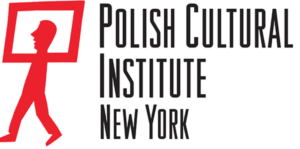
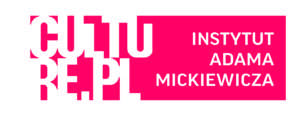
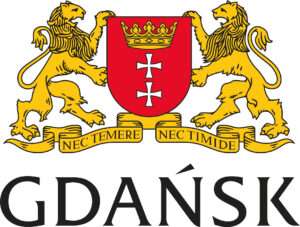
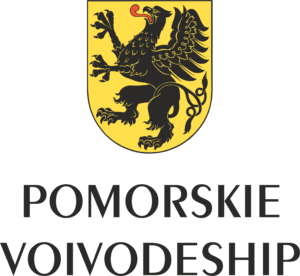
This program is supported, in part, by public funds from the New York City Department of Cultural Affairs in partnership with the City Council.
![]()
RU is grateful for the partnership with Governors Island Arts.

